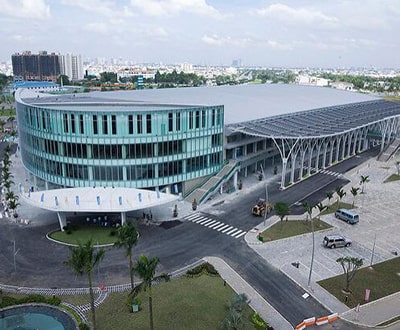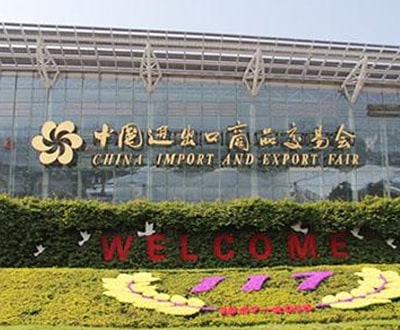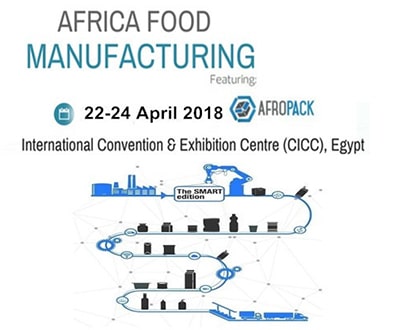Innovations in Protein Bar Packing Machine Technology
In the ever-evolving landscape of food packaging, protein bar packing machines have witnessed a surge of technological advancements, redefining the industry with enhanced efficiency, precision, and hygiene. This article explores the latest innovations that are transforming the way protein bars are packaged, from automated feeding systems to cutting-edge sealing methods.
Automated Feeding Systems
Protein bar packing machines now incorporate advanced feeding systems that ensure a consistent and uninterrupted flow of bars into the packaging line. These systems utilize sensors and robotics to detect the presence of bars, accurately orient them, and gently convey them to the packaging area. Automated feeding eliminates manual handling, reducing the risk of product damage and contamination while increasing productivity.
Multi-Lane Packaging
To meet the growing demand for high-volume production, protein bar packing machines are equipped with multi-lane capabilities. These machines feature multiple lanes that operate simultaneously, allowing for the packaging of several bars in parallel. The lanes can be independently controlled, optimizing packaging speed and minimizing downtime. Multi-lane packaging significantly increases production output, enabling manufacturers to meet market demands efficiently.
Advanced Sealing Technologies
Sealing is a crucial aspect of protein bar packaging, ensuring product freshness and shelf life. Innovative sealing techniques have emerged to provide airtight and tamper-evident seals. Ultra-high-frequency (UHF) sealing utilizes electromagnetic waves to create strong and flexible seals, reducing the risk of leakage and spoilage. Additionally, infrared (IR) sealing offers precision control, allowing for precise sealing of delicate materials while preserving product integrity.
Sustainable Packaging Materials
In line with the growing consumer demand for eco-friendly packaging, protein bar packing machines can now accommodate sustainable materials. Biodegradable films made from plant-based polymers provide a greener alternative to traditional plastics, reducing environmental impact. Compostable and recyclable materials further contribute to waste reduction and sustainability efforts.
Integrated Monitoring and Control Systems
Modern protein bar packing machines feature sophisticated monitoring and control systems that provide real-time data and precise control over the packaging process. These systems track key parameters such as temperature, pressure, and sealing quality, enabling manufacturers to identify and address any potential issues promptly. Advanced sensors and data analytics tools allow for remote monitoring and remote diagnostics, ensuring optimal machine performance and minimizing downtime.
Hygienic Design and Compliance
Protein bar packaging machines are designed with hygiene and food safety as top priorities. They incorporate sanitary materials, such as stainless steel, to prevent contamination. Clean-in-place (CIP) systems facilitate efficient cleaning and disinfection, minimizing the risk of bacteria buildup. Machines also adhere to strict food safety standards, such as Good Manufacturing Practices (GMP) and Hazard Analysis and Critical Control Points (HACCP), ensuring the highest levels of product quality and safety.
-
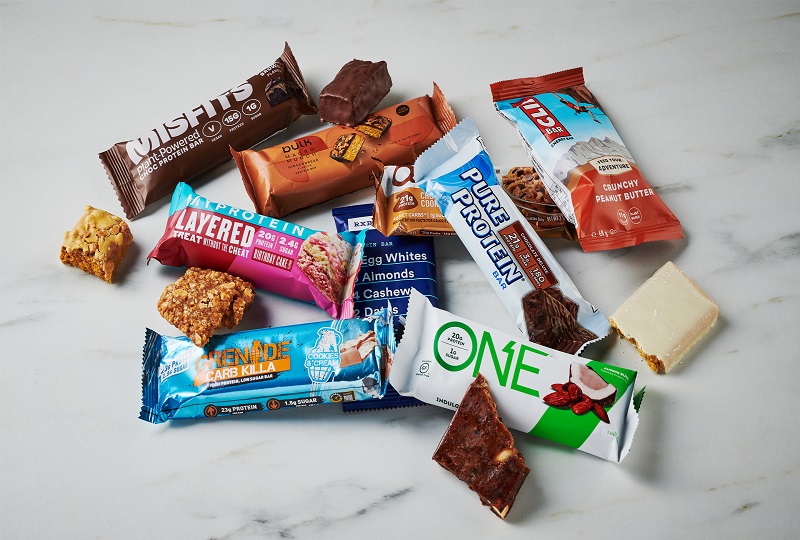 01
01Further Discussion About Protein Bar Packing Machinery
27-02-2024 -
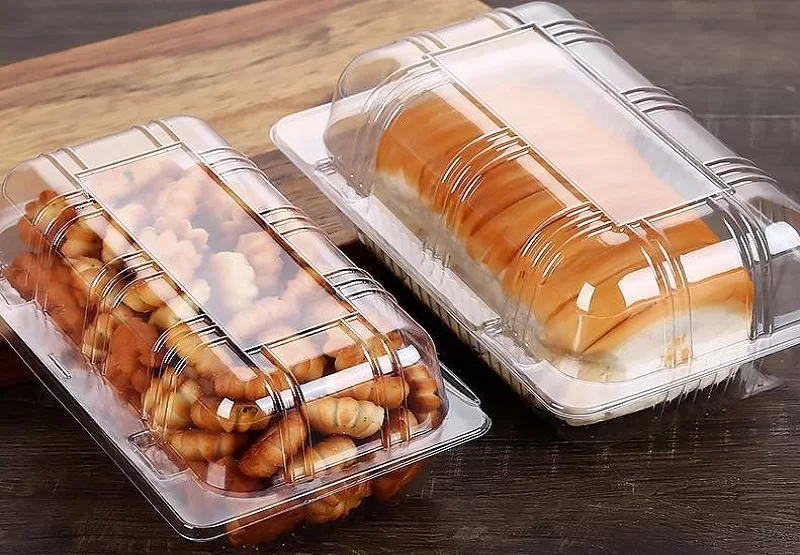 02
02Sustain The Best Crispy With Automatic Packaging Machines
29-01-2024 -
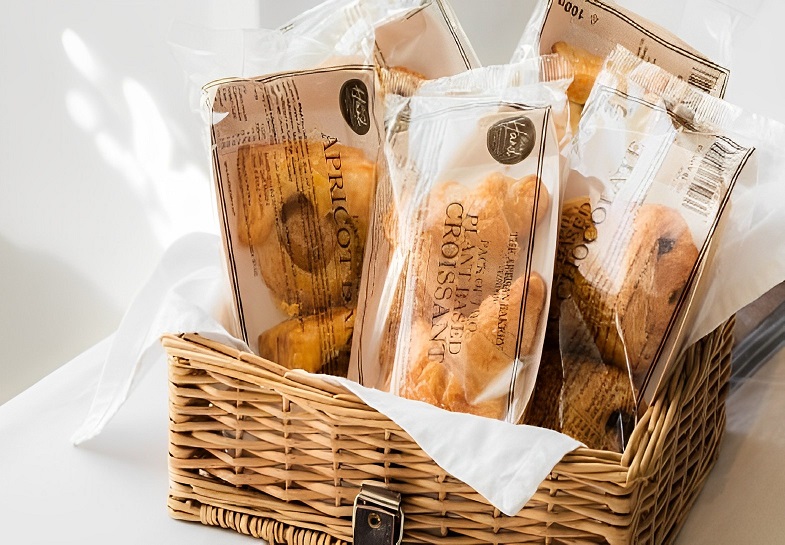 03
03Bread Packing Machine For Bakery Business
19-01-2024 -
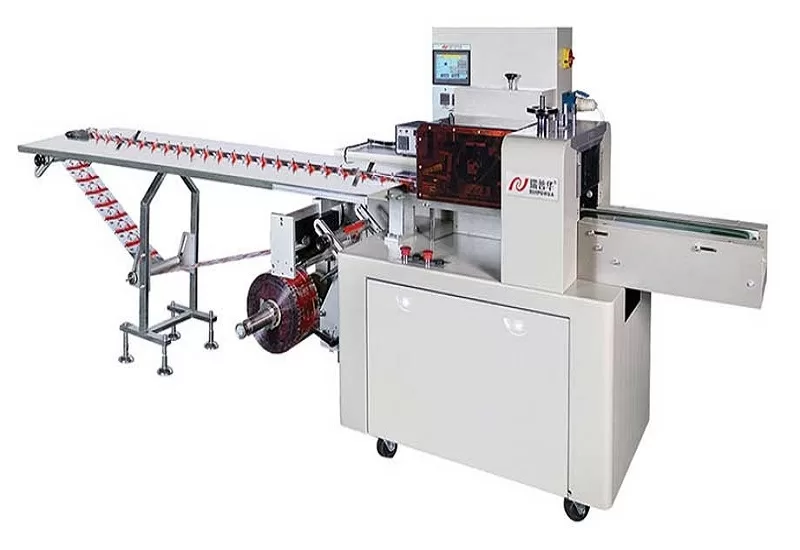 04
04How Flow Wrappers Are Adapting to Changing Trends
01-11-2023 -
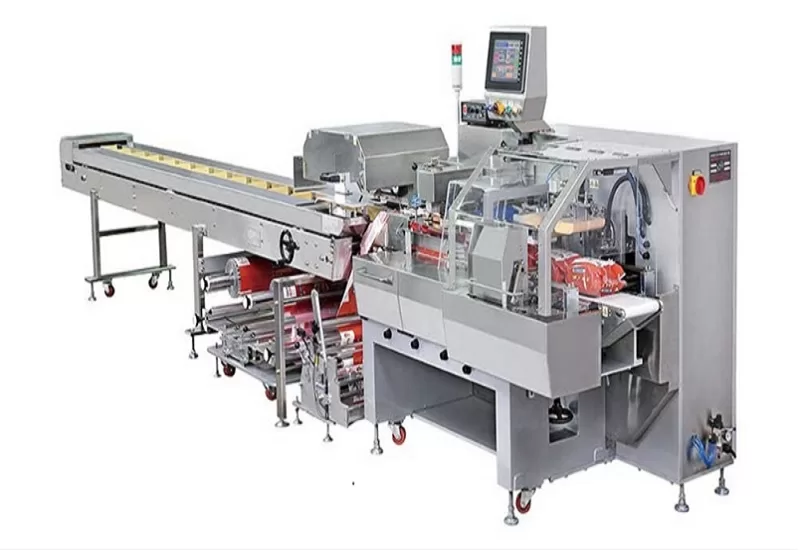 05
05The Comprehensive Guide to Packaging Machinery
31-10-2023 -
 06
06Automatic Cookie Packaging System Performance
01-09-2023 -
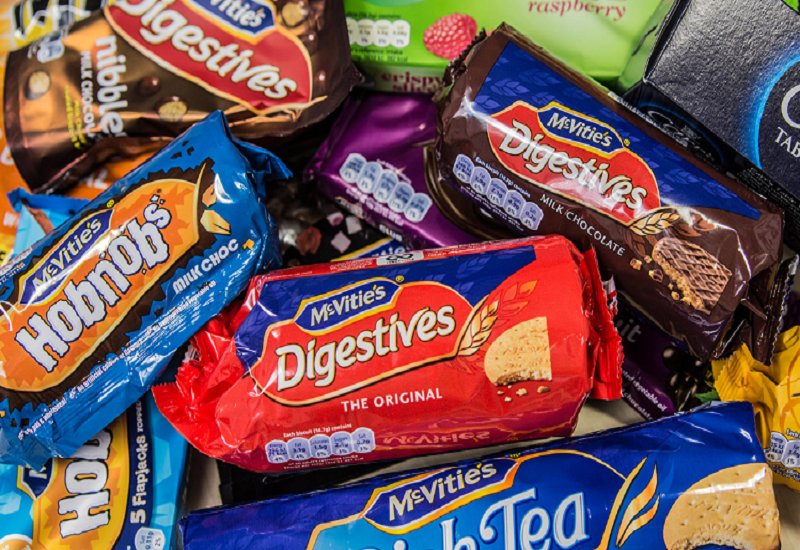 07
07Streamlining Biscuit Packaging with Multipack Biscuit Packaging Machines
25-08-2023 -
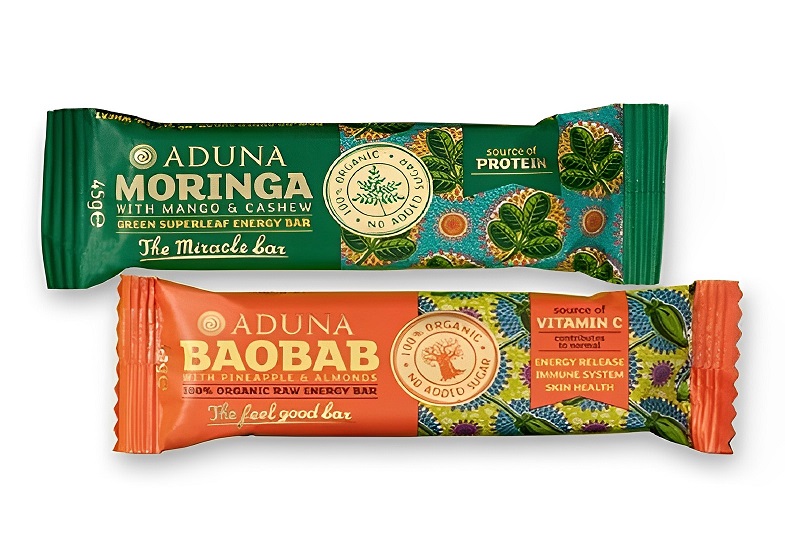 08
08From Assembly To Shipping: The Energy Bar Packaging Machine Does All
28-02-2023 -
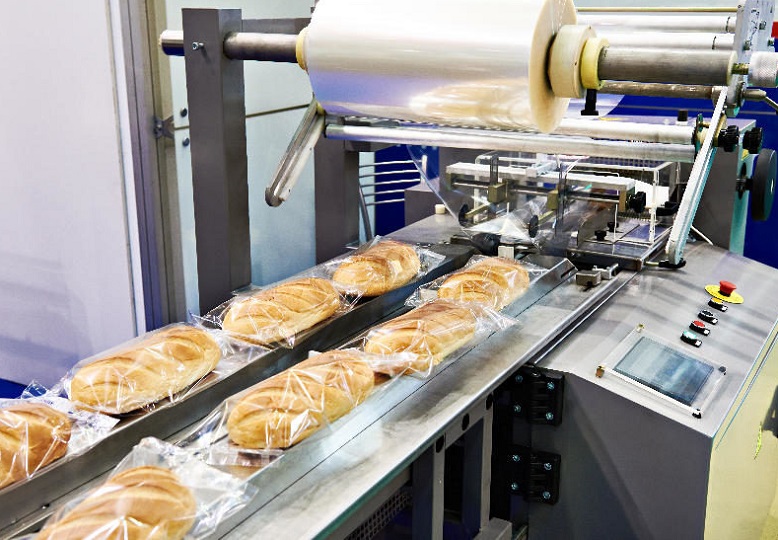 09
09Maximizing Efficiency With Food Packaging Machine Technology
22-02-2023 -
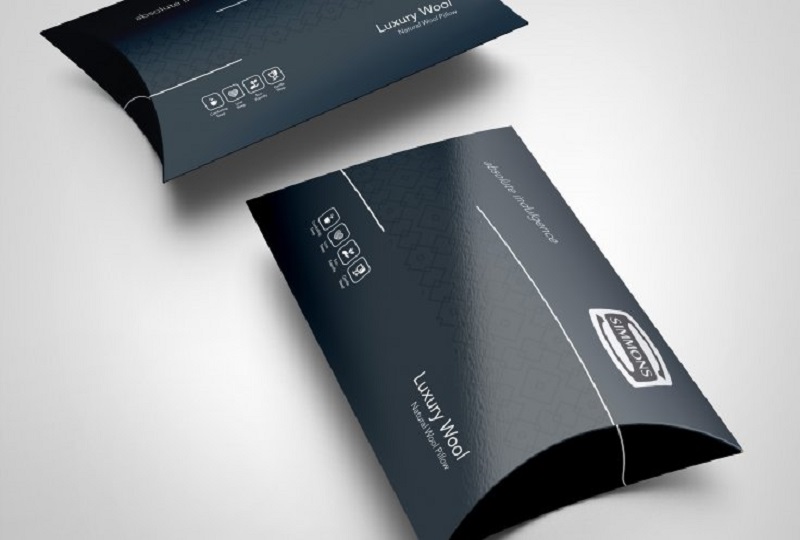 10
10Clients Hunt For Professional And Functional Packaging Machine
10-11-2022



